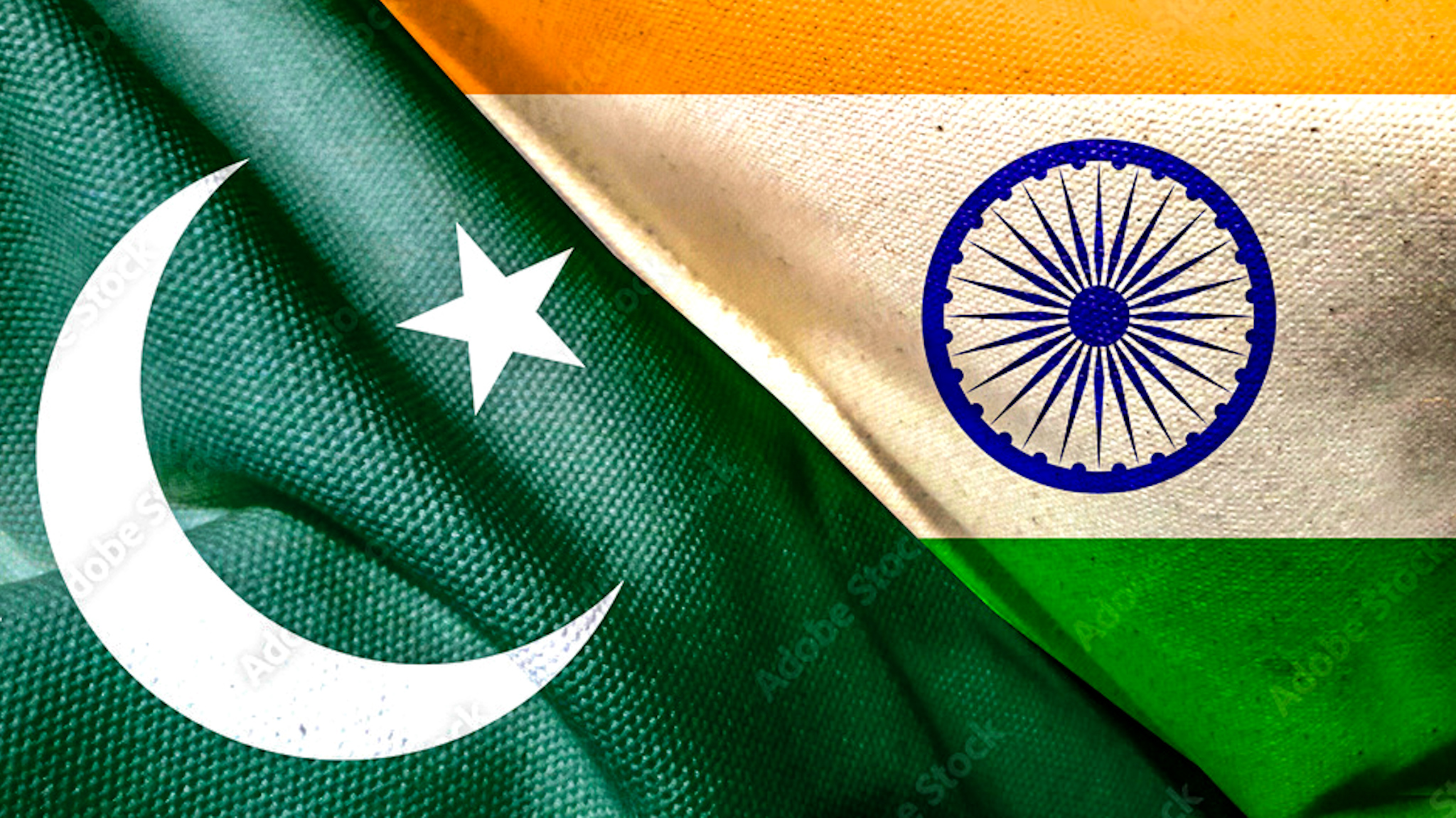The India-Pakistan rivalry, which has its roots in the 1947 Partition and is central to the disputed region of Kashmir, has flared up again in 2025, marking one of the most dangerous escalations since 2019. On April 22, 2025, a terrorist attack in Pahalgam, Indian-administered Kashmir, killed 26 civilians, mostly tourists. India blamed Pakistan-based Islamist terrorist groups such as Lashkar-e-Taiba for the attack and accused Islamabad of complicity.
Pakistan, while condemning the attack, denied involvement but questioned India’s statement. The incident triggered a chain of events that culminated in India’s “Operation Sindoor” on May 7, 2025, which involved missile strikes on nine alleged terrorist sites in Pakistan and Pakistan-administered Kashmir. According to Pakistani reports, at least 26 people, including civilians, were killed and 46 injured in these attacks, raising tensions to a critical point.
India’s strikes targeted locations around Muridke, Kotli, and Muzaffarabad, with a notable attack on a mosque in Kotli that killed several people, including a 16-year-old girl. India claimed the operation was preemptive based on intelligence of imminent attacks and was aimed at destroying terrorist infrastructure. Pakistan condemned the attacks as “acts of war”, reported damage to civilian infrastructure, including a hydroelectric plant, and claimed to have shot down five Indian aircraft – a claim India has not confirmed.
This was followed by heavy shelling along the Line of Control (LoC), with Pakistan reporting 26 deaths and India citing seven civilian casualties in Indian-administered Kashmir due to Pakistani retaliation. The nuclear capabilities of both countries, with India possessing about 160 weapons and Pakistan about 170, raise the stakes, as a miscalculation could lead to devastating consequences. Diplomatically, the conflict has attracted global attention. The United States, through Vice President J.D. Vance and Secretary of State Marco Rubio, urged restraint and pressured Pakistan to take action against terrorists.
This negative stance by President Donald Trump was combined with the European Union’s call for de-escalation, with EU foreign policy chief Kaja Kallas expressing concern. The United Kingdom issued travel advisories and pressed for dialogue, while Pakistan’s ally China called India’s action “regrettable” and warned against further escalation of tensions. These reactions reflect the delicate balance of global alliances, with the US tilting towards India and China supporting Pakistan, complicating mediation efforts.
Tit-for-tat measures have further escalated the crisis. India suspended the Indus Water Treaty, closed the Attari-Wagah border, cancelled visas for Pakistani citizens and expelled diplomats. Pakistan rejected the treaty’s suspension, warned that water diversion would be considered an act of war and suspended trade and bilateral agreements such as the Shimla Agreement. These actions have disrupted regional stability, with airlines rerouting flights to avoid Indian and Pakistani airspace, affecting trade and travel.
Historically, India and Pakistan have fought wars in 1947, 1965, 1971 and 1999, with Kashmir being the central issue. The 2019 Balakot airstrikes following the Pulwama attack set a precedent for India’s cross-border operations, but the 2025 extension is more serious because of the breakdown of the 2021 ceasefire and the weakening of crisis mechanisms. Analysts say both countries have a tendency to escalate tensions driven by economic pressures – India’s $3.9 trillion economy and Pakistan’s struggling $340 billion economy – making conditions more ripe for conflict than in 2019.
Pakistan’s former NSA downplayed the possibility of a major war but stressed military preparedness. The risk of escalation into nuclear war is enormous, with experts warning that the conflict could kill millions and cause global famine. International pressure and economic constraints could ease tensions, but the absence of strong dialogue channels complicates matters. For the time being, the world is watching how India and Pakistan deal with this dangerous moment, in which the possibility of both devastating conflict and cautious restraint hangs in the balance.
